Adding another author to Agile*
/A pediatrician, a scuba diver, and a geophysicist walk into a bar . . .
Sounds like the start of a great joke, but actually, it will be the story of my first blog entry. The last time I had to describe my career to someone, it was in a completely different context. The week Matt moved to Nova Scotia, my wife and I were scrambling to get our scuba diving certification so we could dive the reefs of Mozambique. One of my best friends was getting married in South Africa and diving was one of the must-do activities on our trip.
Getting to the dive camp in the gentle beach settlement of Ponta Malongane was a mission. Crossing the border from the familiar and relatively cosmopolitan townships of South Africa into Mozambique was like shaking off the anaesthetic of an already waning familiarity. We watched entourage after entourage of vacationing South Africans in beach shorts creep their vehicles 25 metres beyond the mobile trailers and chain link fence that comprised an otherwise unrecognizable border post. Methodically, they would turn up the radio, as to celebrate their clearance into the country, take out the gauge and drop the tire pressure down to 0.8 bar.
A common conversation about driving to Mozambique starts like this...
“Evan, do you have a 4-by-4?”“Yes.” We were lucky enough to borrow the groom's.
“How many spare tyres do you have?”
“Er, one, . . . just one”
“Oh, well, . . . you might be alright.”
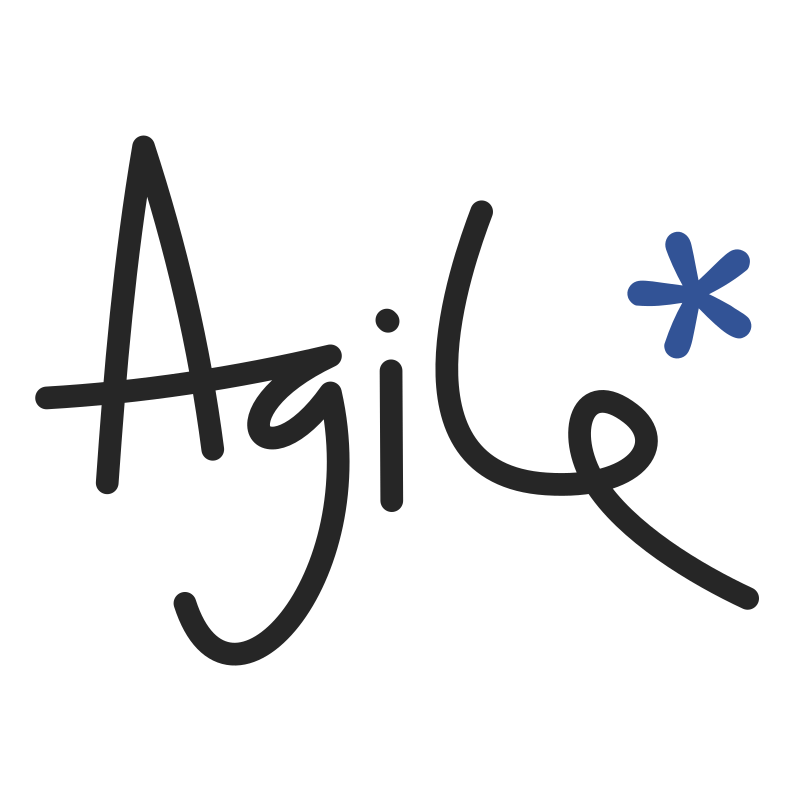

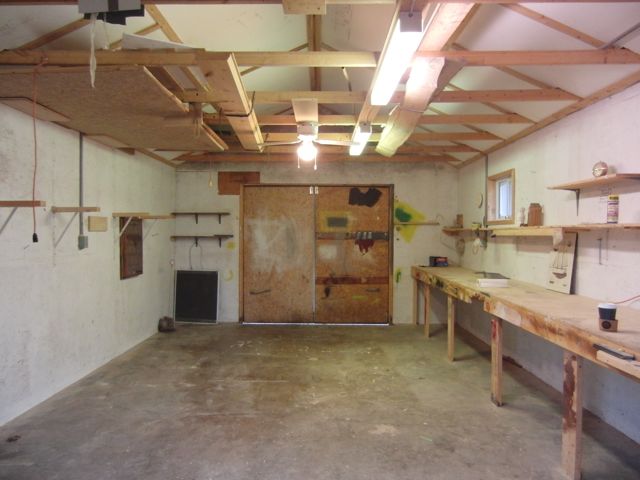
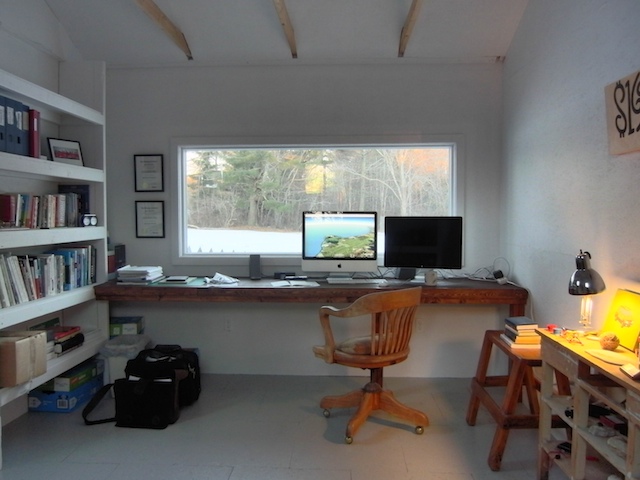


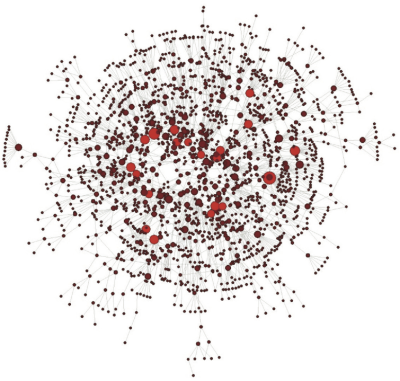
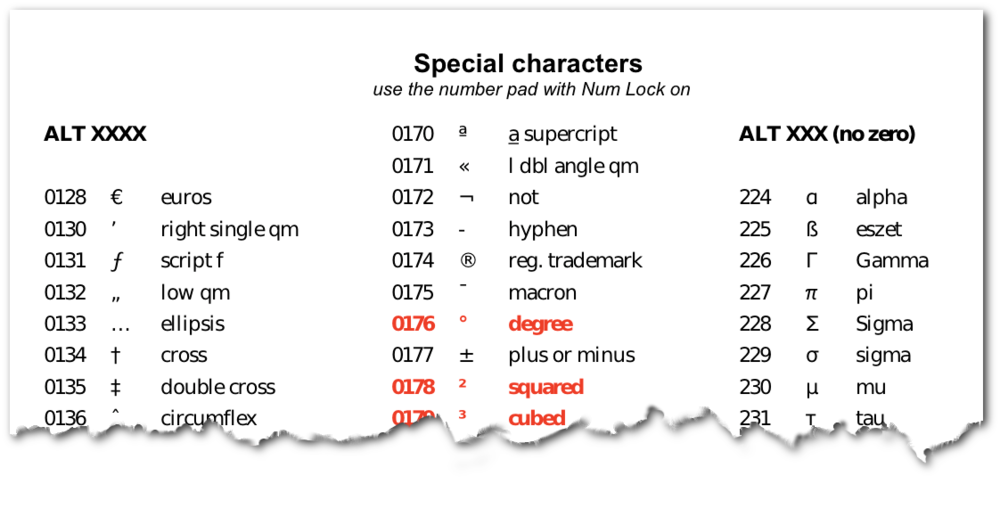


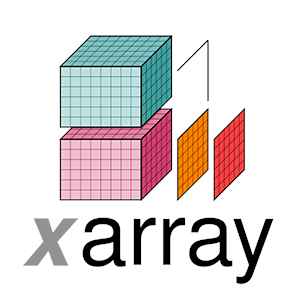

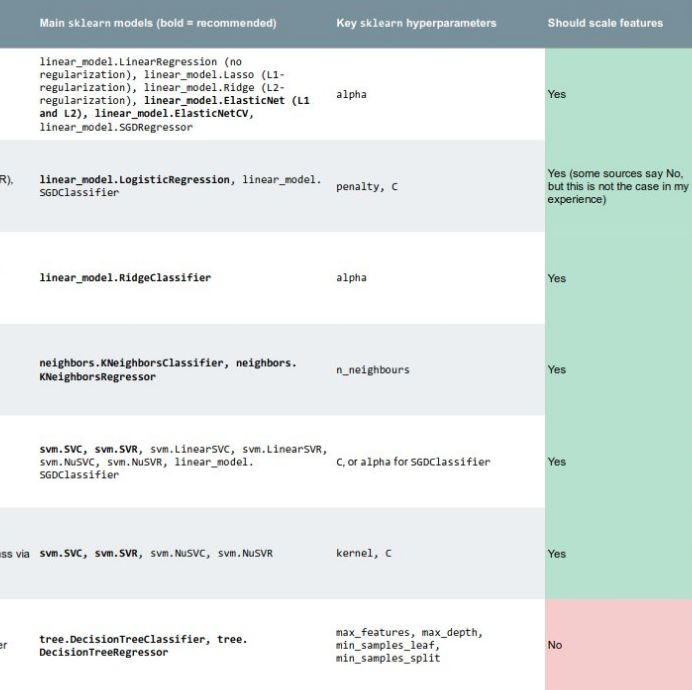


 Except where noted, this content is licensed
Except where noted, this content is licensed